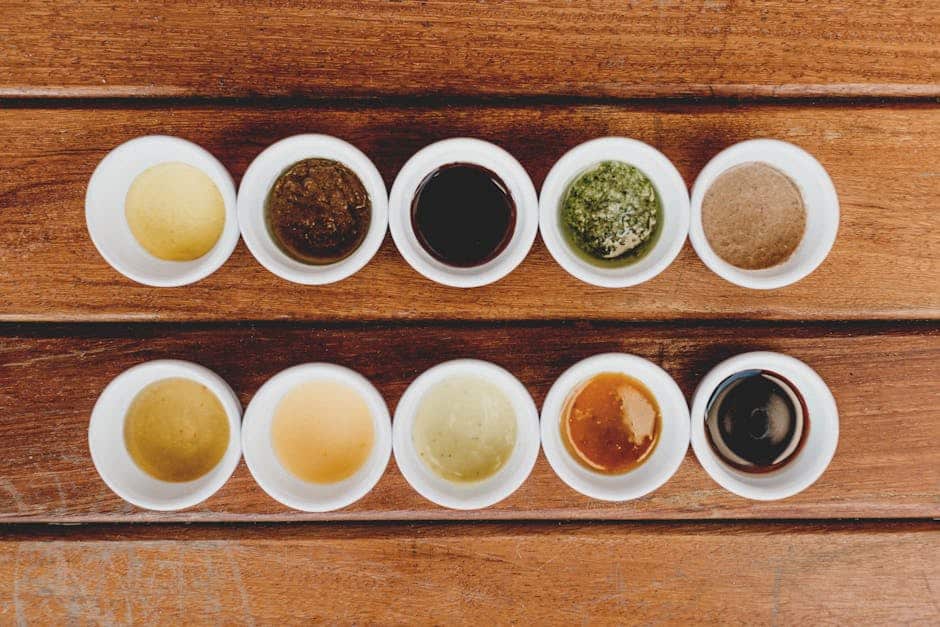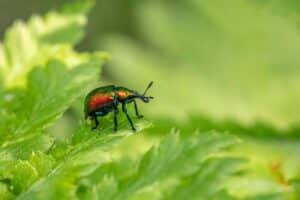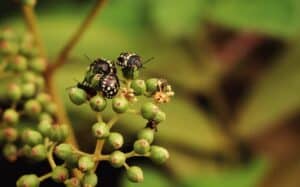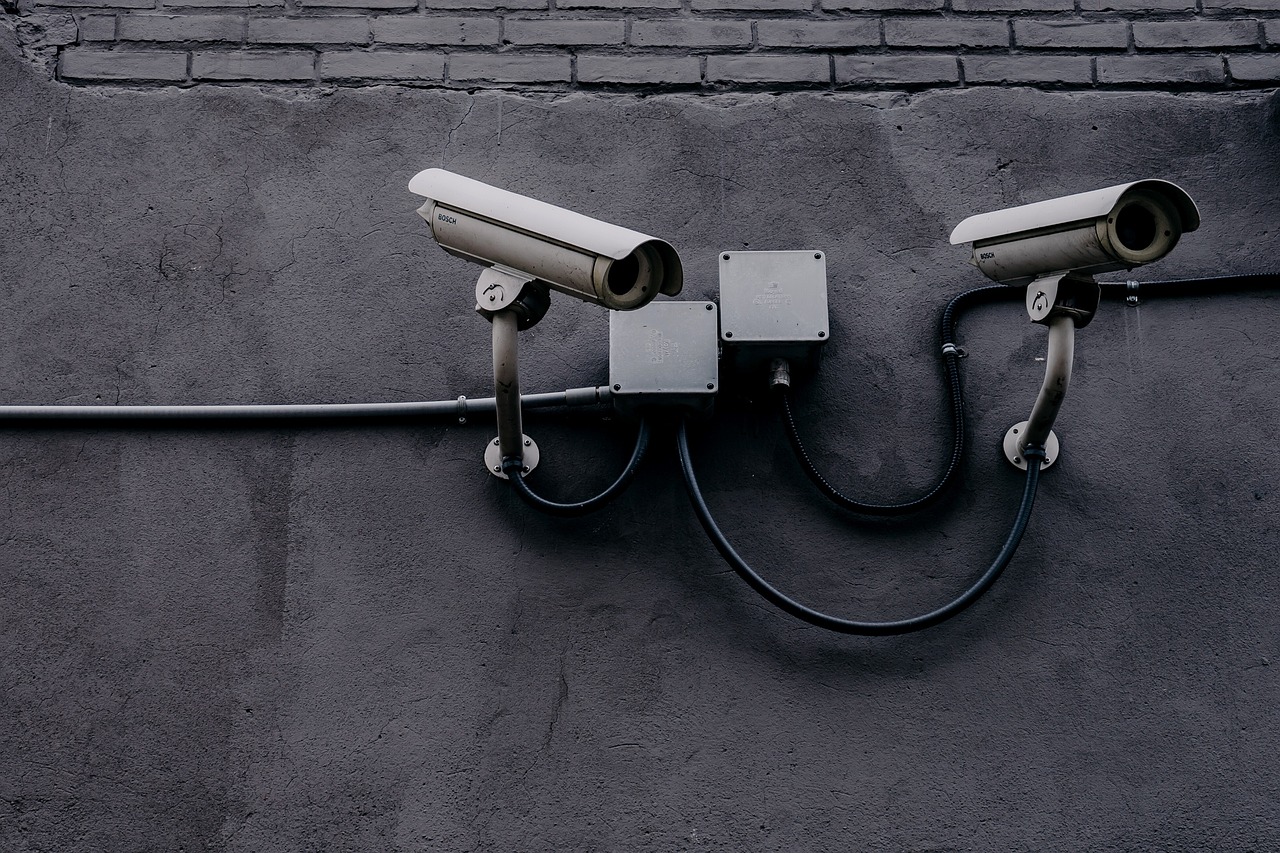Understanding the Importance of Pest Control Techniques
Pest control techniques are vital for maintaining a healthy and safe environment, both in residential and commercial settings. Effective pest management not only protects properties from damage but also safeguards the health of individuals and communities. Pests such as rodents, insects, and other vermin can carry diseases, contaminate food supplies, and cause structural harm, making it essential to implement appropriate control measures.
Key reasons why pest control techniques are important include:
- Health Protection: Many pests are vectors for diseases that can affect humans and pets. For instance, rodents can transmit hantavirus, while mosquitoes can spread West Nile virus and Zika virus. Effective pest control reduces the risk of disease transmission.
- Property Preservation: Pests can cause significant damage to homes and businesses. Termites can compromise the integrity of wooden structures, while rodents can chew through electrical wiring, leading to fire hazards. Regular pest control can help prevent these costly damages.
- Food Safety: In commercial settings, such as restaurants and food storage facilities, pests can contaminate food supplies, leading to health violations and loss of business. Implementing pest control techniques ensures that food remains safe for consumption.
- Quality of Life: The presence of pests can create an uncomfortable living or working environment. Cockroaches, ants, and bedbugs can cause distress and anxiety, affecting overall well-being. Effective pest management promotes a more pleasant atmosphere.
Furthermore, understanding the importance of pest control techniques empowers individuals and businesses to take proactive measures. This can include regular inspections, proper sanitation practices, and the use of integrated pest management (IPM) strategies. By being informed about pest behavior and potential threats, property owners can implement preventive actions that minimize the likelihood of infestations. Ultimately, prioritizing pest control not only enhances health and safety but also contributes to a sustainable environment.
Biological Pest Control: Nature’s Way of Managing Pests
Biological pest control harnesses the power of nature to manage pest populations effectively and sustainably. Unlike chemical pesticides, which can harm beneficial organisms and disrupt ecosystems, biological control methods focus on the natural enemies of pests, such as predators, parasites, and pathogens. This approach not only minimizes environmental impact but also promotes a balanced ecosystem, making it a popular choice among environmentally conscious farmers and gardeners.
Types of Biological Pest Control
There are several methods of biological pest control, each utilizing different organisms to combat pests:
- Predators: These are organisms that actively hunt and feed on pest species. Common examples include ladybugs, which consume aphids, and lacewings, which target various soft-bodied insects.
- Parasitoids: These are insects that lay their eggs on or in a host pest, ultimately leading to the host’s death. For instance, parasitic wasps can effectively control caterpillar populations by laying eggs inside them.
- Pathogens: Certain bacteria, fungi, and viruses can infect and kill pest species. Bacillus thuringiensis (Bt) is a well-known bacterium used to control caterpillar pests in organic farming.
The implementation of biological pest control strategies can vary depending on the specific pests and crops involved. Integrated Pest Management (IPM) often incorporates biological control as a key component, allowing for a holistic approach that combines multiple strategies for maximum effectiveness. By promoting biodiversity in agricultural systems and utilizing natural pest predators, farmers can significantly reduce their reliance on synthetic pesticides while maintaining crop health and yield.
In addition to its ecological benefits, biological pest control can also lead to long-term cost savings. Once established, natural predators and parasites can sustain their populations, providing ongoing pest management without the need for repeated chemical applications. This not only reduces operational costs for farmers but also contributes to healthier food systems, ultimately benefiting consumers and the environment alike.
Chemical Pest Control: Effectiveness and Safety Considerations
Chemical pest control has long been a popular method for managing pest populations in various environments, including agricultural settings, homes, and commercial spaces. Its effectiveness largely stems from the ability of chemical pesticides to target specific pests while providing quick results. When applied correctly, these chemicals can drastically reduce pest numbers, leading to improved crop yields and enhanced quality of life in residential areas. However, the efficacy of chemical pest control depends on several factors, including the type of pesticide used, the timing of application, and the specific pest species being targeted.
Effectiveness of Chemical Pest Control
The effectiveness of chemical pest control can be categorized into several key aspects:
- Target Specificity: Many modern pesticides are designed to target specific pest species, minimizing harm to beneficial insects and other wildlife.
- Residual Activity: Some chemicals have a long-lasting effect, providing extended protection against reinfestation.
- Rapid Action: Chemical treatments often deliver immediate results, making them ideal for urgent pest problems.
- Integration with Other Methods: Chemical pest control can be effectively integrated with cultural, biological, and physical control methods for a comprehensive pest management strategy.
While chemical pest control is effective, it is essential to consider the safety implications associated with its use. Pesticides can pose risks to human health, non-target organisms, and the environment if not handled properly. Exposure to certain chemicals can lead to acute or chronic health issues, making it vital for users to follow safety guidelines meticulously. This includes wearing appropriate protective gear during application and ensuring proper ventilation in enclosed spaces. Furthermore, understanding the toxicity levels and environmental impact of specific chemicals can help mitigate risks.
Safety Considerations
When employing chemical pest control, consider the following safety precautions:
- Read Labels Carefully: Always follow the manufacturer’s instructions regarding application rates and safety measures.
- Use Protective Equipment: Wear gloves, masks, and protective clothing to minimize exposure.
- Avoid Application During Windy Conditions: This reduces the risk of drift to non-target areas.
- Store Chemicals Safely: Keep pesticides in a secure location, away from children and pets.
By balancing the effectiveness of chemical pest control with proper safety considerations, users can achieve optimal pest management outcomes while minimizing potential risks.
Physical Pest Control Methods: How They Work
Physical pest control methods involve the use of non-chemical strategies to manage and eliminate pest populations. These methods focus on creating physical barriers, utilizing traps, and employing environmental modifications to deter or eradicate pests. Understanding how these techniques function can significantly enhance your pest management efforts while minimizing harm to the environment.
Types of Physical Pest Control Methods
Some common physical pest control methods include:
- Exclusion: This involves sealing entry points to prevent pests from entering buildings. Techniques may include using caulk, screens, and door sweeps.
- Trapping: Traps are used to capture pests without using harmful chemicals. Examples include sticky traps for insects and snap traps for rodents.
- Monitoring: Regular inspections and monitoring help identify pest activity and determine the effectiveness of control methods.
- Environmental Modifications: Altering the environment, such as reducing clutter and moisture, can make habitats less conducive to pests.
Each of these methods works by either physically preventing pests from accessing food and shelter or directly capturing them. For instance, exclusion techniques not only keep pests out but also reduce the likelihood of infestations. Trapping, on the other hand, provides immediate results by removing pests from the environment. These methods are particularly effective for homeowners seeking to implement eco-friendly pest control solutions.
Effectiveness and Benefits
Physical pest control methods are often praised for their effectiveness and safety. Unlike chemical treatments, which can pose health risks to humans and pets, physical methods generally have a lower risk profile. They also offer long-term solutions by addressing the root causes of infestations rather than just treating the symptoms. Additionally, these methods can be easily integrated into regular maintenance routines, making pest management a proactive endeavor rather than a reactive one. By employing physical pest control methods, individuals can create a healthier living environment while keeping pest populations at bay.
Integrated Pest Management (IPM): A Holistic Approach to Pest Control
Integrated Pest Management (IPM) is a comprehensive strategy that combines various pest control methods to minimize the impact of pests on the environment, human health, and economic stability. This holistic approach emphasizes prevention, monitoring, and control techniques that are both effective and sustainable. Unlike traditional pest control methods that often rely heavily on chemical pesticides, IPM focuses on understanding the pest life cycle and ecology, allowing for targeted interventions that reduce reliance on harmful substances.
Key Components of IPM include:
- Prevention: The first step in IPM is to prevent pest infestations by implementing cultural practices such as crop rotation, sanitation, and habitat manipulation.
- Monitoring: Regular inspections and monitoring of pest populations help identify problems early and assess the need for control measures.
- Identification: Accurate identification of pests is crucial, as different pests require different management strategies.
- Control Methods: IPM employs a variety of control methods, including biological control, mechanical control, and, when necessary, targeted chemical control.
By integrating these components, IPM not only addresses current pest issues but also reduces the likelihood of future infestations. This approach encourages the use of natural predators, such as beneficial insects, and promotes the use of environmentally friendly practices that support biodiversity. Additionally, IPM practices are adaptable to various settings, including agriculture, urban landscapes, and home environments, making it a versatile solution for pest management.
Implementing an IPM program requires collaboration among various stakeholders, including farmers, pest control professionals, and researchers. Education and training are essential to ensure that all parties understand the principles of IPM and can apply them effectively. By fostering a shared commitment to sustainable pest management, communities can enhance their resilience against pests while safeguarding the health of ecosystems and human populations.












